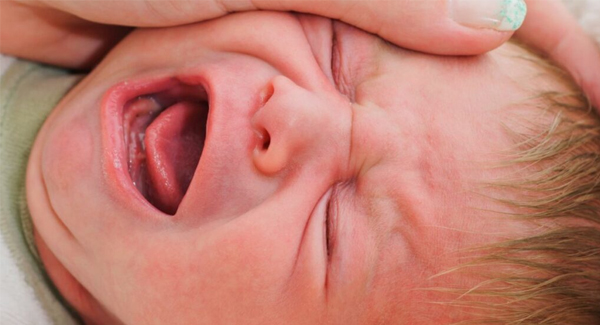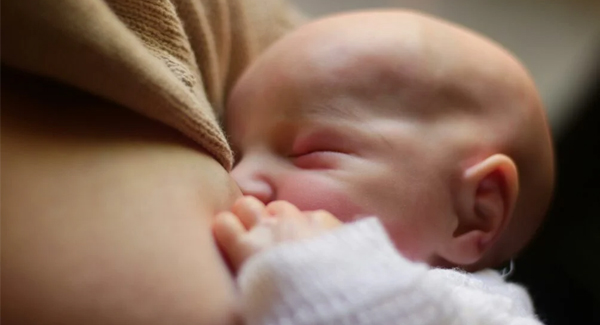One of the most exciting things a pregnant mother may experience is feeling her baby kick. Both the expectant mother and the expectant father could find the sensation of feeling their baby’s movements to be fascinating. All of a sudden, you become aware of how true everything is and how genuine you are becoming. It’s a peculiar feeling. When you start to experience that tiny flu.tter, nau.sea, indi.gestion, and excruciating pain will all seem worthwhile. You won’t always feel your baby kick on the same day because every pregnancy is unique. Around 18 to 25 weeks into their second trimester, pregnant women typically feel their first movements. A woman is more likely to feel the baby move once she is 25 weeks pregnant. For second- and third-time mothers, the baby starts to move around at 18 weeks. Observing your infant’s movements might help you monitor his or her health. The information about baby movements each trimester is provided here.
Baby Movements In The First Trimester

During the first trimester of your pregnancy, you are unlikely to feel any movements. If your doctor does an ultrasound around your 12th week or so, he or she may notice that your baby has begun to move and roll around within your ᴡᴏᴍʙ. However, without an ultrasound at this time, you are unlikely to feel any movements. But don’t ᴘᴀɴɪᴄ; throughout the second and third trimesters, your baby will compensate for the lack of activity.
Baby Movements In The Second Trimester

During the first trimester of your pregnancy, you are unlikely to feel any movements. If your doctor does an ultrasound around your 12th week or so, he or she may notice that your baby has begun to move and roll around within your ᴡᴏᴍʙ. However, without an ultrasound at this time, you are unlikely to feel any movements. But don’t ᴘᴀɴɪᴄ; throughout the second and third trimesters, your baby will compensate for the lack of activity.
Baby Movements In The Third Trimester

By the third trimester, you won’t be able to distinguish between your baby’s kicks and punches. Because your baby has grown and your ᴡᴏᴍʙ has become more constricted in the third trimester, the baby kicks will be less spectacular. As your baby becomes stronger, some kicks may cause you to startle. The movements, however, would not be any less frequent than before.
How To Count Your Baby’s Movements

When you first notice your baby’s movements, which should be around your second trimester, keep an eye on them. You will notice a trend if you keep track of your baby’s movements. You’ll gradually be able to determine when they are most active. It might happen after an exercise, a meal, or a glass of cold water. Women frequently notice that their infants become more active later in the evening, around 9 p.m. when ʙʟᴏᴏᴅ sugar levels begin to drop.
Monitor your baby’s movements and time how long it takes you to feel ten flutters, kicks, rolls, or swishes, according to the American Congress of Obstetricians and Gynecologists. Within two hours, you should have ten motions. Wait a few hours and try again if you haven’t felt 10 movements in the last two hours. If you don’t feel 10 baby kicks after the second attempt, see your doctor right away. You may have become familiar with your baby’s motions and routines by now. Contact your doctor if you notice any major deviations from this pattern over the course of 3 to 4 days.
Counting your baby’s movements on a daily basis will help you detect any notable deviations or changes, as well as identify any issues. Don’t be concerned if you can’t figure out what you’re experiencing for a few moments at first. Slowly but steadily, a pattern will emerge.


